In 2025, Canadian car buyers are grappling with rising interest rates, as well as new tariffs that have begun shifting the entire auto market. From jaw-dropping price increases to record supply shortages, tariff policies have affected Canadian budgets, dealership inventories, and consumer behavior, highlighting both acute crunches and long-term tremors for drivers coast-to-coast. These are 21 shocking stats on how tariffs impacted car prices in Canada:
15% Average Price Increase on U.S.-Built SUVs

Between January and May 2025, the average prices for U.S.-assembled SUVs sold in Canada increased by 15%, or approximately $4,200 per vehicle, compared to the same period in 2024. Border-adjusted markdowns and hastily applied surcharges hit all trim levels, from compact crossovers to full-size family haulers. Dealers note that many of those hikes were absorbed into sticker prices before the rebate was included, and for buyers, this means a mid-level SUV now costs comparably to luxury hybrids that were once out of reach.
8% Surge in Certified Pre-Owned Prices
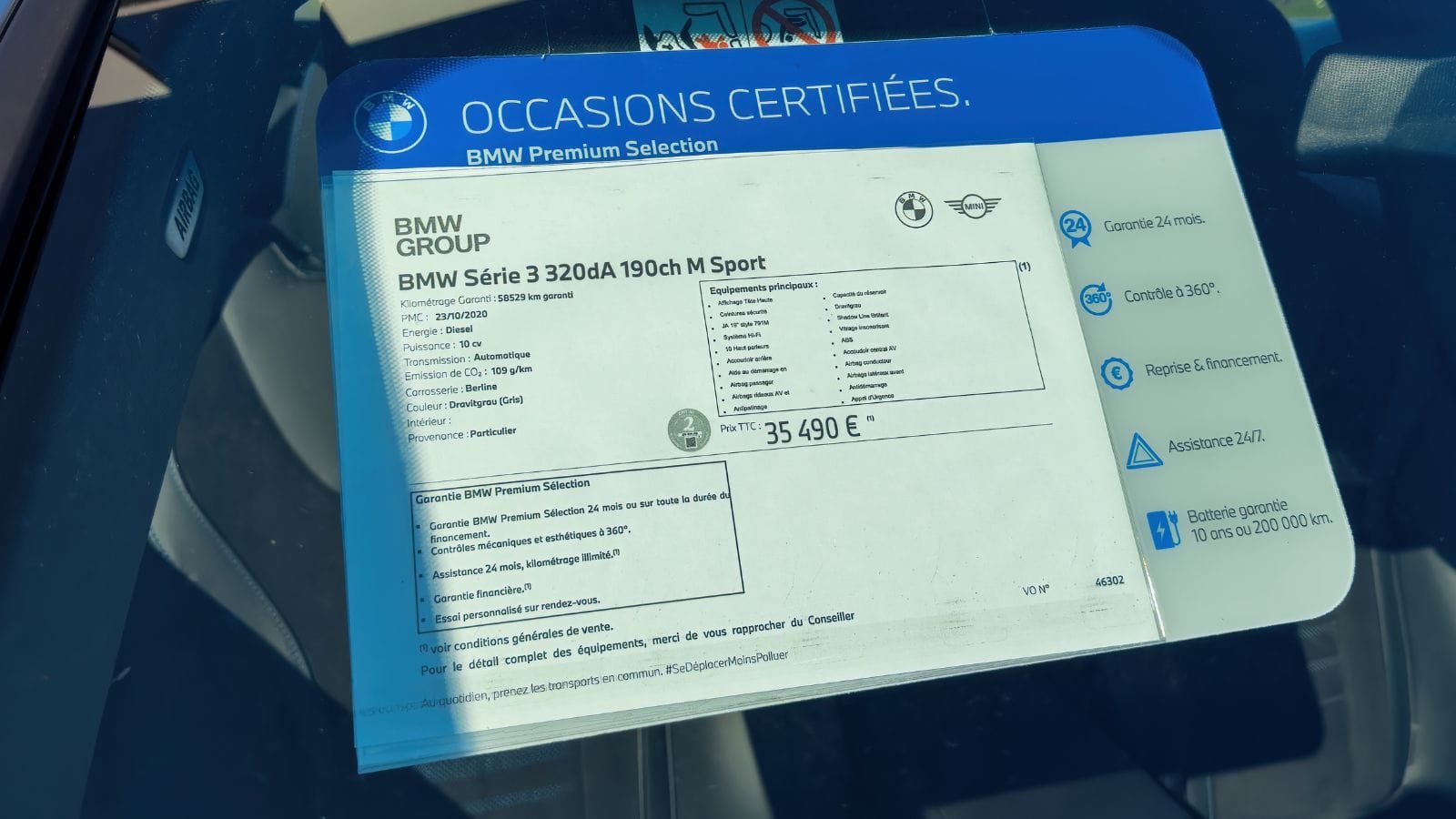
Dealers report an 8% year-over-year increase in certified pre-owned (CPO) vehicle prices, which is one of the sharpest recent moves in Canada’s used market. With new prices inflated by tariffs, buyers are turning to late-model used alternatives, and certified SUVs and sedans from recent years now command nearly the same price as new base models. The rise is most pronounced in Western provinces, where American models dominate both new and used markets, while buyers who once relied on CPO as a budget-friendly middle ground are now paying full freight amid rising demand.
Used Car Loan Durations Up 18 Months

In 2025’s first quarter, average used-car loan terms in Canada stretched by 18 months compared with last year, rising from roughly 60 to 78 months. Buyers are offsetting inflated prices by extending repayment periods and reducing payments to manageable monthly levels, which skews the total interest paid and heightens long-term risk. Longer loans often outlast the vehicle’s useful lifespan, leading to negative equity situations, and financial advisors warn these trends could create a slow-moving debt crisis if tariffs remain in place.
12% Drop in New-Car Inventory

Across major Canadian dealership networks, the inventory of new cars was down 12% year-over-year by spring 2025. U.S.-built vehicles took the most significant hit, with some models experiencing stock shortages of over 20%. Automakers report that factories in the U.S. and cross-border logistics are straining under tariff uncertainty and supply chain rerouting. For consumers, this translates to fewer choices, longer waitlists, and less room for negotiation. Even in larger cities, fewer lots mean more pressure and higher prices on available inventory.
25% Increase in Average Sedan Trade-In Values
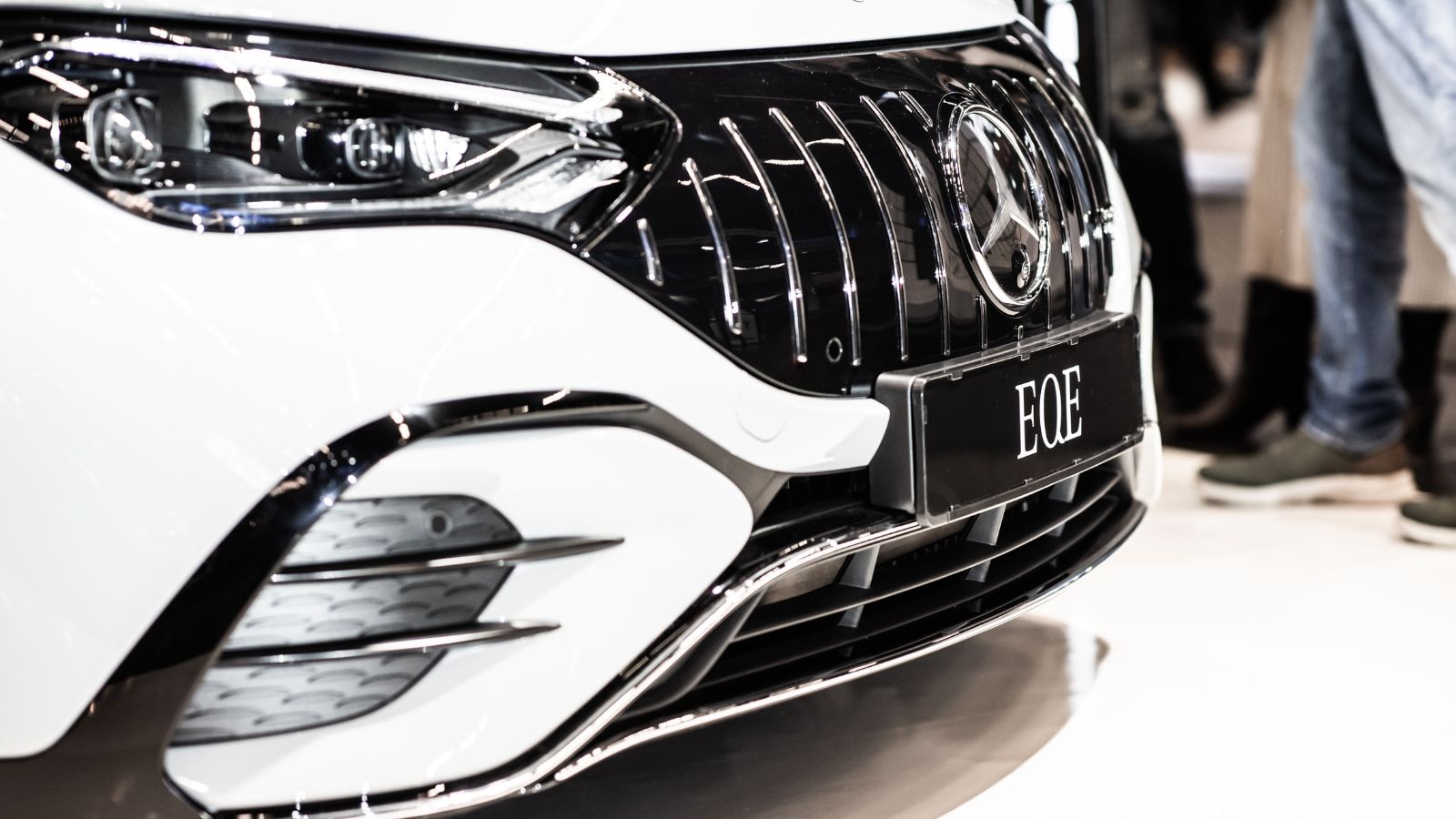
In Q2 2025, average trade-in values for sedans rose by approximately 25%, nearly doubling the typical seasonal bump. Dealers are aggressively targeting trade-in deals to replenish their used stock amid new-car shortages, which is excellent news for sellers. However, buyers on the other side are facing tight margins and premiums when shopping for used vehicles. Popular models like the Honda Civic and Toyota Corolla saw trade-in offers increase by $2,000-$3,000, and for budget-conscious families, the used sedan market is now as intense and expensive as the SUV sector.
Nearly $6,000 Premium on Full-Size U.S. Trucks
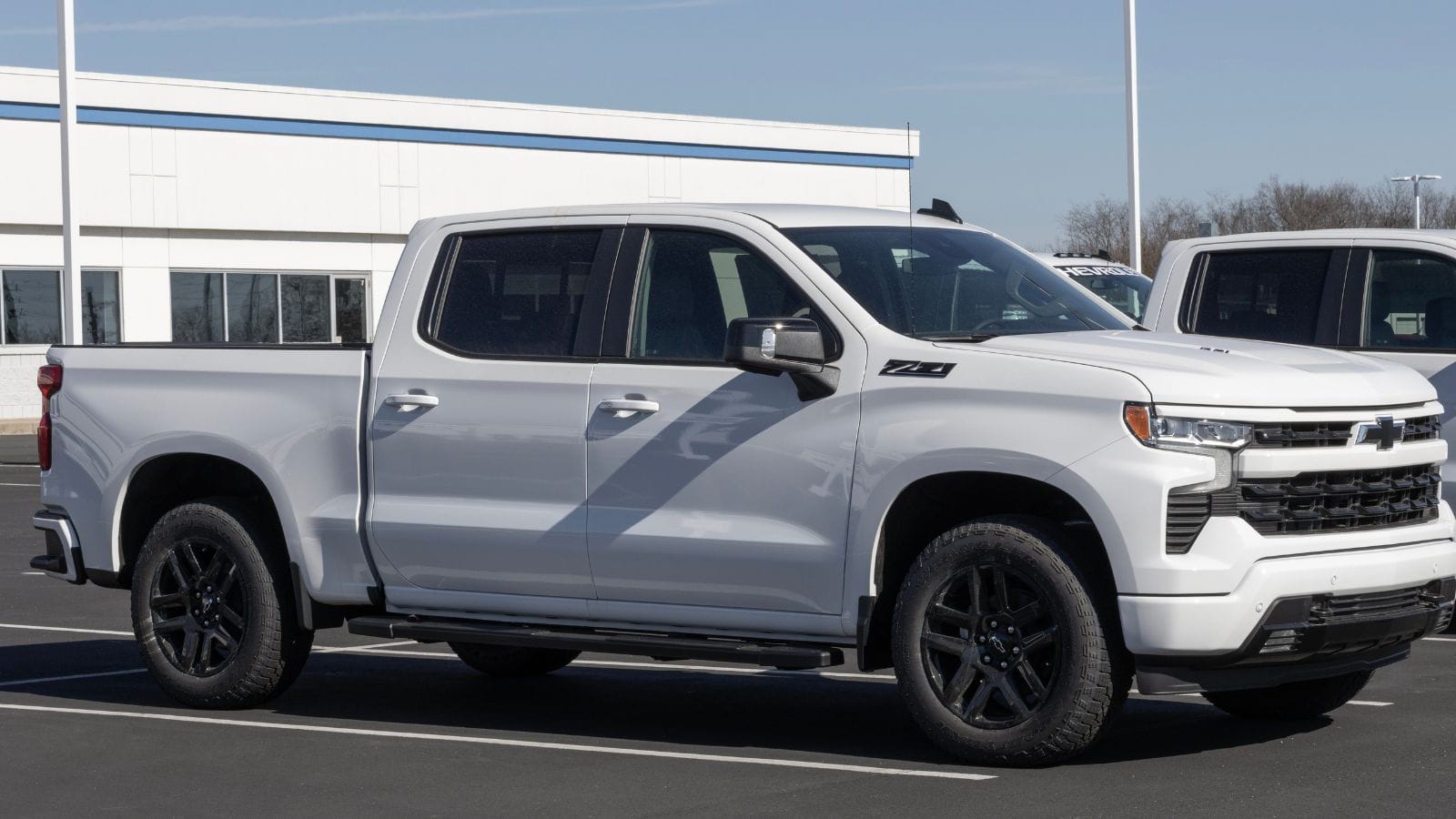
Research shows that full-size, U.S.-manufactured trucks, like the Chevy Silverado, Ford F-150, and Ram 1500, are selling for an average of $5,800 more in Canada compared to this time last year. This represents a 10-14% cost increase, primarily driven by tariff surcharges and inflation in parts prices. For buyers in work-intensive industries or rural Canada, the added cost is significant, sometimes exceeding the value of trade-in vehicles altogether. Even financing specialists describe the spike as stark, warning long-term buyers to expect inflated monthly payments.
17% Fewer Promotions for Tariff-Exposed Models

Dealership data reveal that vehicles affected by U.S. tariffs, particularly SUVs and trucks, received 17% fewer promotional offers and manufacturer incentives during the first half of 2025 compared to the same period in 2024. Automaker marketing budgets have shifted toward Canada-made models, which still carry rebates and 0% financing, resulting in buyers of tariff-exposed vehicles paying premium prices without typical savings. These reduced promotions are a strategic by-product of shifting trade dynamics, and for consumers, choice now means paying more or delaying a purchase entirely.
$1.2 Billion in Lost Dealer Revenue by Mid-2025

By June 2025, Canadian auto dealerships collectively lost an estimated $1.2 billion in revenue compared to the same period in 2024, primarily due to canceled cross-border inventory, price volatility, and delayed consumer spending. Many dealerships are reporting slower showroom traffic and reduced financing approvals as buyers get priced out. High-volume brands like Ford and GM are among the hardest hit, especially in Ontario and Alberta. While margins on used vehicles have grown slightly, it is nowhere near enough to cover the loss of volume.
Drop in Cross-Border Buyer Trips

Cross-border trips by Canadians seeking cheaper vehicles in the U.S. decreased by 32% in the first half of 2025. Once a popular tactic to save thousands, many are now finding that tariff surcharges, import taxes, and additional logistics fees wipe out the cost savings of cross-border buying. Previously straightforward, these purchases now require added inspections, paperwork, and conversion costs, undermining their value proposition. Regions like Southern Ontario and British Columbia, which were hotbeds for U.S. vehicle imports, are seeing declining numbers, and even seasoned buyers are admitting it is no longer worth the hassle or the price.
Increase in EV Financing Rejections
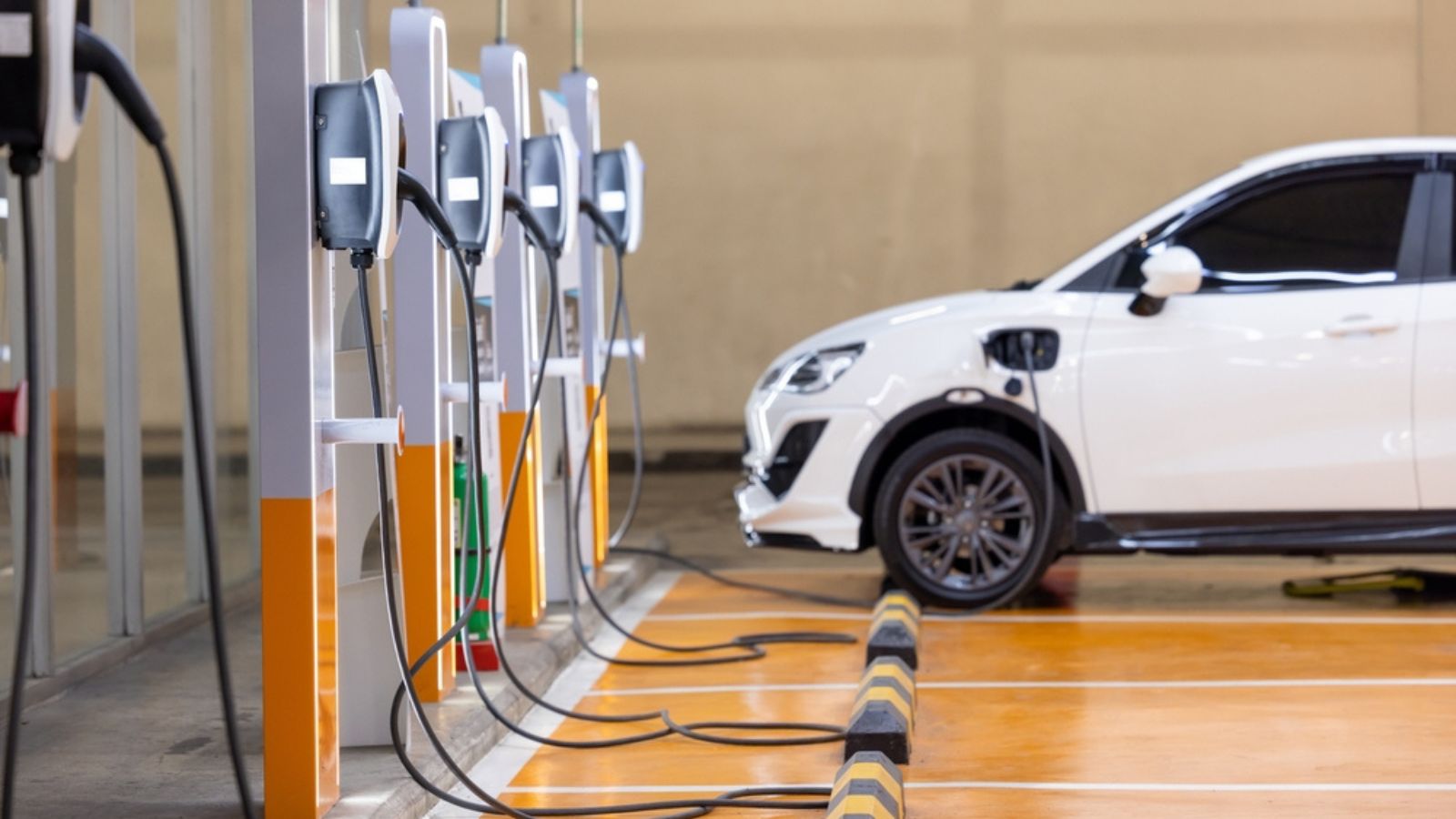
With EV prices already high, tariff-fueled markups on American-made models have triggered a 19% increase in financing rejections for Canadian buyers in 2025. Banks and lenders are pulling back on approvals as average EV sticker prices rise by several thousand dollars, making it harder for consumers to meet affordability thresholds, especially with the increasing interest rates. First-time buyers and middle-income households are particularly vulnerable, causing many to revert to internal combustion vehicles or the used market. What was once a surge in EV adoption is now seeing serious headwinds from cost and credit barriers.
11 Provinces Report EV Tax Credit Delays

As prices rise, so does the complexity around rebates. Eleven provinces report delays or confusion regarding the application of federal and provincial EV tax credits to tariff-inflated vehicles. Because some EVs now cross the $55,000 limit for full incentives, thousands of buyers are left ineligible or must submit appeals. Even dealership staff are struggling to keep up with the constantly shifting MSRP eligibility. The net result is that more Canadians are backing out of EV deals altogether, as inconsistent policy and rising prices collide, leaving Canadian households stuck in the middle of the paperwork.
Tariffs Add Over $1,000 in Parts Per Repair on Average
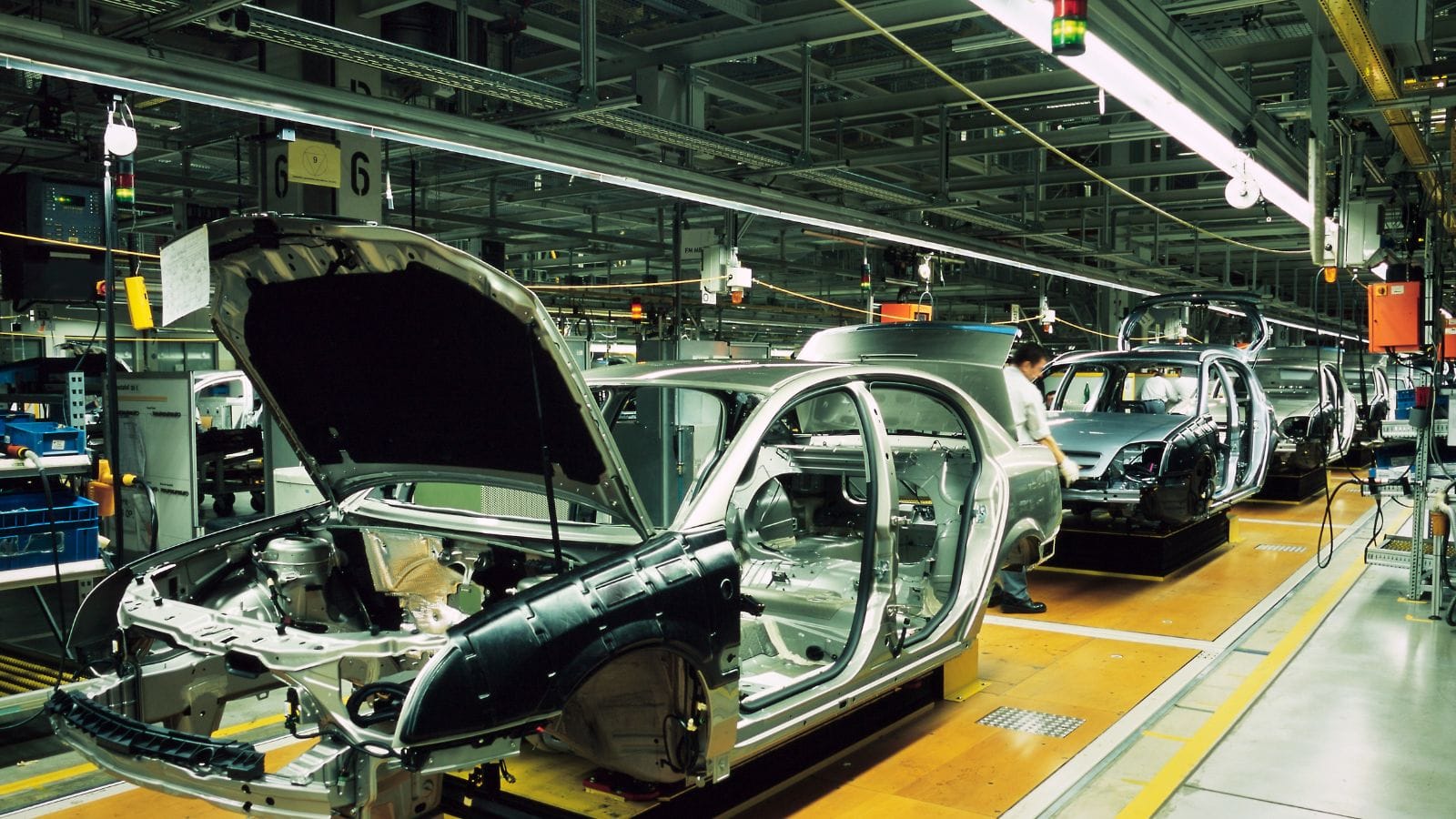
Mechanics across the country report that standard parts, such as brake systems, suspension components, and body panels, now cost an average of $1,000 more per repair when sourced from suppliers affected by tariffs. This sharp increase is impacting insurance premiums and repair shop wait times, particularly for imported brands such as Jeep, Ford, and Chevrolet. Labor costs remain stable, but part pricing is ballooning. For drivers involved in accidents or facing routine maintenance, this new cost layer is making once-affordable repairs a financial headache.
Drop in Trade Show Participation by U.S. Automakers
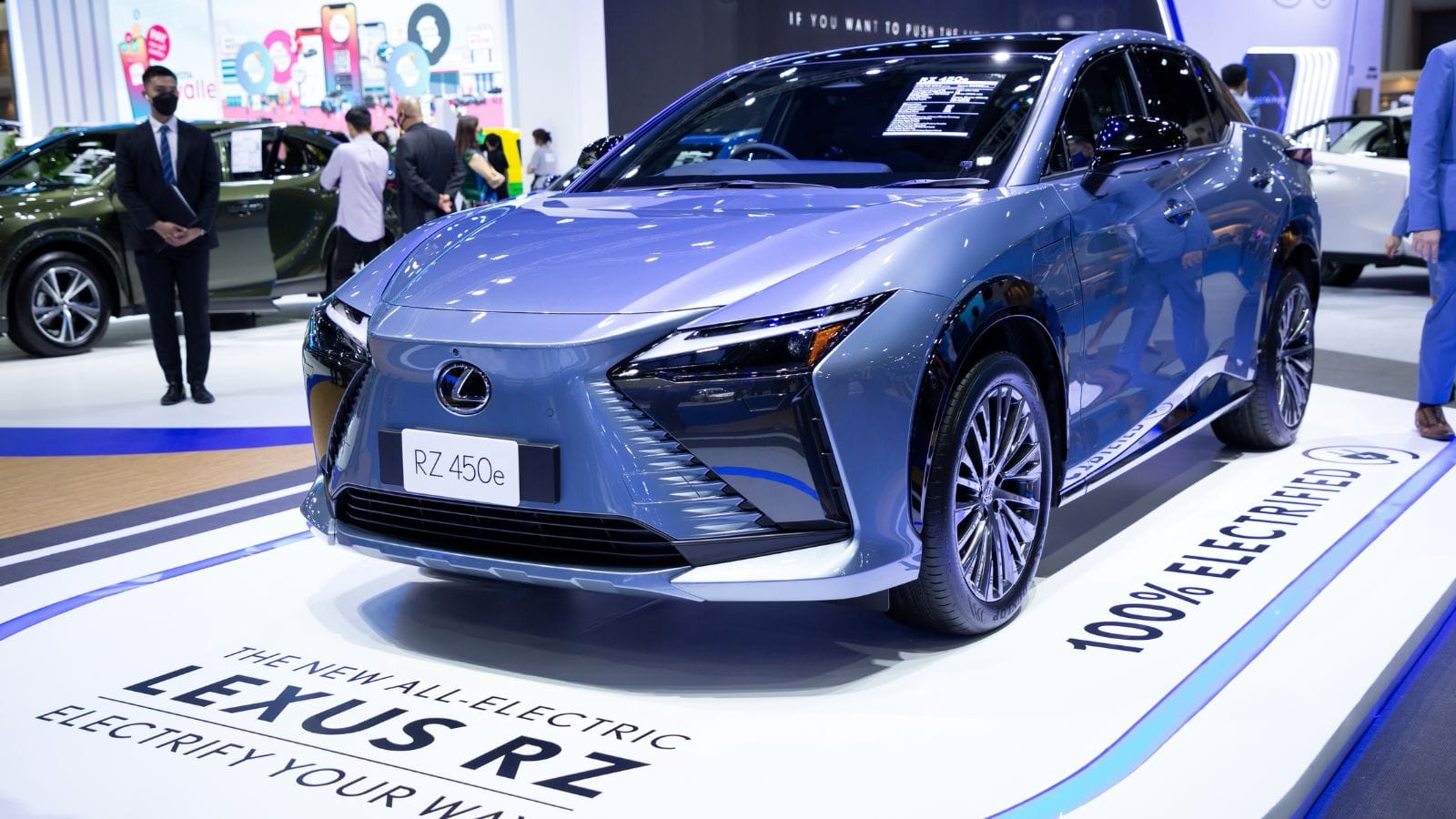
Canadian auto expos and trade shows, like the Montreal Auto Show and the Vancouver International Auto Show, have seen a 14% decline in participation from U.S. automakers in 2025. Brands facing tariff uncertainty are scaling back marketing budgets and shifting focus to domestic events. Some major models were absent entirely from displays, fueling speculation among consumers about future availability. For local dealers and car enthusiasts, this pullback signals market tension and is symbolic of the widening rift between U.S. manufacturers and their northern consumers.
$3,500 Tariff Surcharge on Average Pickup Trucks
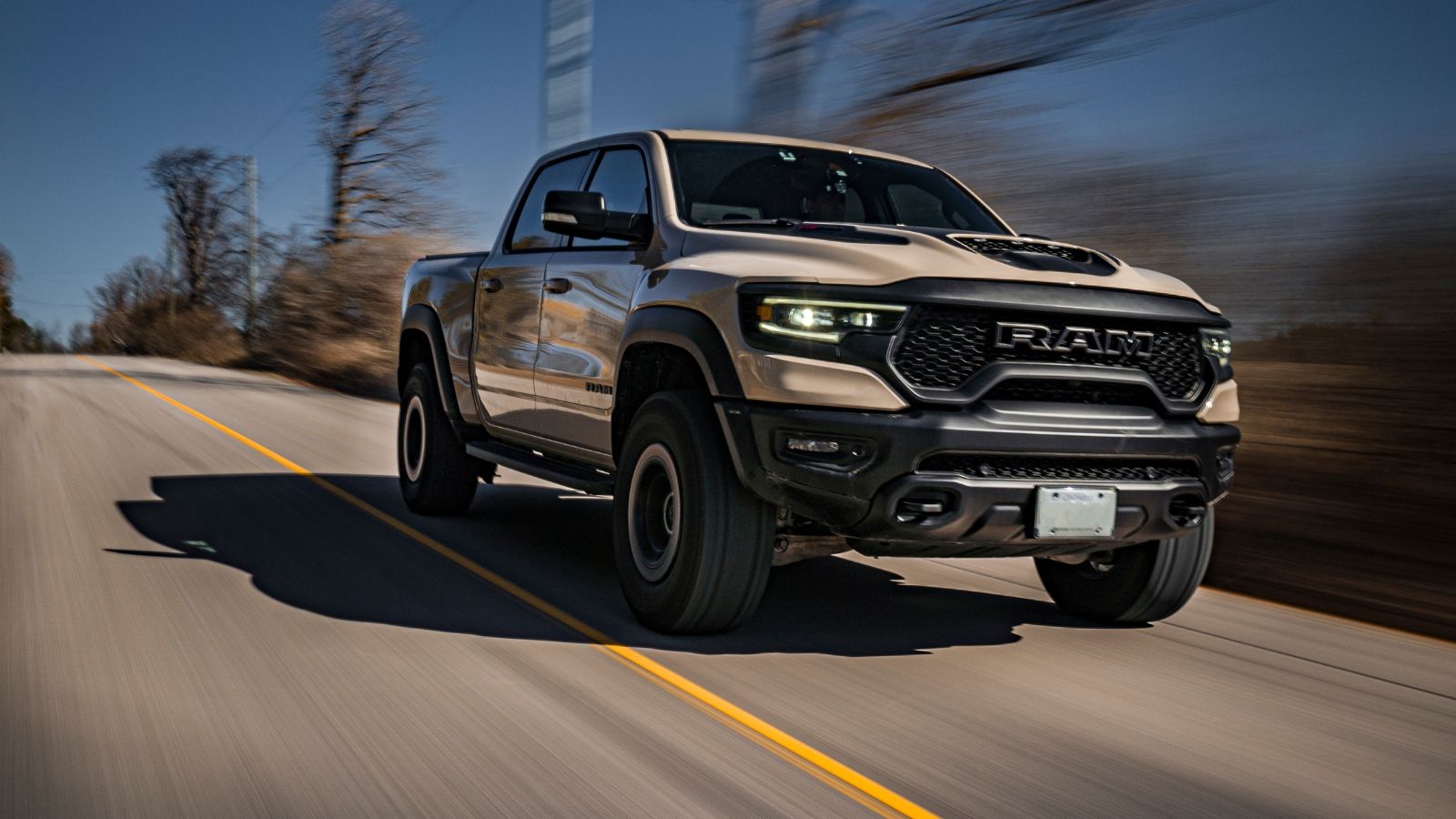
Canadian pickup buyers in 2025 are shelling out an average of $3,500 more per vehicle just in tariff-related charges, especially for American-made trucks like the Ram 1500 and Ford F-150. For tradespeople and small businesses, this surcharge hits directly at the bottom line, and many are turning to older, high-mileage models or putting off fleet upgrades entirely. This has a downstream effect on safety, emissions, and insurance risk, and while domestic trucks are slightly more insulated, they cannot meet the full demand.
Dealership Staff Hours Cut by 20% in Some Regions

With demand softening due to price hikes and fewer imports reaching the market, some Canadian auto dealerships have reduced staff hours by up to 20%. Salespeople, service writers, and support staff are experiencing reductions in shifts, with part-time employees affected the most. While not yet widespread, this trend is gaining traction in parts of Ontario, Saskatchewan, and Nova Scotia, which are regions with a heavier reliance on U.S. supply chains. Dealerships are bracing for further cuts if tariffs persist into 2026, as the auto retail labor force, which was once stable, is now facing uncertainty induced by tariffs.
U.S. Luxury Brands Lose 9% Market Share in Canada

Cadillac, Lincoln, and even Tesla have all seen a combined 9% drop in market share in Canada as of mid-2025. Price inflation from tariffs and a lack of promotional flexibility are making luxury models less attractive. Meanwhile, Korean and European brands, which are not subject to U.S.-Canada tariff battles, are gaining ground. Brands like Genesis and Volvo are capitalizing on the price gap with aggressive leasing offers and hybrid incentives, and Canadian buyers seeking upscale features are now more likely to opt for a non-American badge entirely.
Tire Prices Up 11% Year-Over-Year

Tires, often overlooked in the vehicle ownership equation, have increased in price by 11% year-over-year in 2025, mainly due to tariff impacts on rubber and synthetic materials imported from the U.S. and Asia. For seasonal tire changers, this translates to an extra $150-$300 per set. Fleet managers are reporting tightened budgets and more tire rotations to extend lifespan, and some tire retailers are now warning that further price hikes may come in the fall. What used to be a routine expense has become another area where Canadians are paying more than expected.
EV Charging Infrastructure Rollout Delays in 7 Provinces

Due to cost reallocations and tariff-related uncertainties, seven provinces have paused or slowed their EV charging infrastructure projects in 2025. Public-private partnerships, often reliant on imported equipment, are now dealing with price hikes or delayed shipments. Stations in planning for cities like Winnipeg, Halifax, and Regina are now on hold or moving at a fraction of the intended pace. For EV owners, this hinders the convenience of long-distance travel and could deter new buyers, who are already deterred by rising vehicle prices.
Average Monthly Payment on New Car Hits $829

For the first time in Canadian history, the average monthly payment on a new vehicle crossed $829 in early 2025, up nearly $120 from just two years prior. The increase reflects both rising MSRP and shrinking down payment flexibility due to inflation and high interest rates. Tariffs have accelerated the shift, pushing even modest trims beyond the reach of many households. Financial advisors are warning that families may soon spend more on vehicle costs than on housing in some urban centers, especially where insurance rates are also rising.
Spike in Vehicle Leasing Terminations

More Canadians are terminating vehicle leases early, with a 21% spike in early buyouts or hand-backs recorded in Q2 2025. Many drivers are walking away to avoid renewal terms based on inflated post-tariff residual values, causing an issue that is particularly common among those who leased U.S.-built cars in 2021-2022 under pre-tariff assumptions. Dealerships are now facing an unexpected influx of lease returns, many of which can’t be resold profitably due to rapid depreciation or high service costs.
18% Growth in Google Searches for “Car Prices Canada”

According to Google Trends, Canadian searches for terms like “car prices Canada” and “why are cars so expensive” surged by 18% in the first half of 2025. The jump indicates rising consumer confusion and anxiety as prices remain volatile. Buyers are actively researching before stepping onto lots, and many are delaying purchases until policies settle, indicating a shift in behavior that signals a more informed but hesitant buyer base. In an industry that relies on confidence and impulse buying, this is a warning sign no automaker can ignore.
Quotes are not sourced from all markets and may be delayed up to 20 minutes. Information is provided ‘as is’ and solely for informational purposes, not for trading purposes or advice.
25 Facts About Car Loans That Most Drivers Don’t Realize

Car loans are one of the most common ways people fund car purchases. Like any other kind of loan, car loans can have certain features that can be regarded as an advantage or a disadvantage to the borrower. Understanding all essential facts about car loans and how they work to ensure that you get the best deal for your financial situation is essential. Here are 25 shocking facts about car loans that most drivers don’t realize:
25 Facts About Car Loans That Most Drivers Don’t Realize
